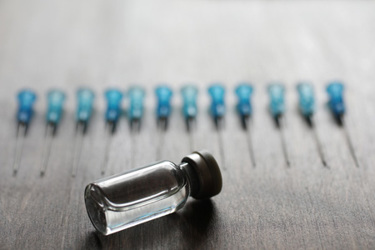Factors To Consider While Selecting Stoppers For Lyophilized Vials

Lyophilization is a common method for stabilizing parenteral drugs with poor solution stability. Beyond formulation and process development, a robust container-closure (c/c) system is essential to ensure the success of the lyophilized product. Pharmaceutical rubber closures play a critical role in preserving the drug’s integrity by acting as barriers against moisture, air, and oxygen. During lyophilization, stoppers are partially placed on vials before being fully stoppered under a predetermined vacuum level at the end of the process. Afterward, the vials are removed from the lyophilizer, capped, and sealed to maintain sterility.
The stoppers used in lyophilization are vented and come in three configurations: single-vented (igloo), dual-vented, or three-legged. While stopper design does not affect water vapor flow during primary drying, igloo stoppers are preferred for their ease of handling and machinability, as they interlock less frequently.
Parenteral stoppers are made from either natural or synthetic rubber. Natural rubber is durable but may cause latex sensitivity. Butyl rubber, commonly used due to its chemical resistance and low permeability to air and moisture, offers excellent stability. Other options include nitrile rubber, which is resistant to oil and heat but has significant leaching risks, and chloroprene rubber, which shares properties with butyl rubber but is more costly. Silicone rubber can withstand temperatures up to 2500°C but poses risks of extractables and leachables contaminating the drug product. Additionally, siliconized stoppers may stick to the freeze dryer shelf, with the degree of sticking influenced by the stoppering ram’s compression force and duration.
Get unlimited access to:
Enter your credentials below to log in. Not yet a member of Outsourced Pharma? Subscribe today.
